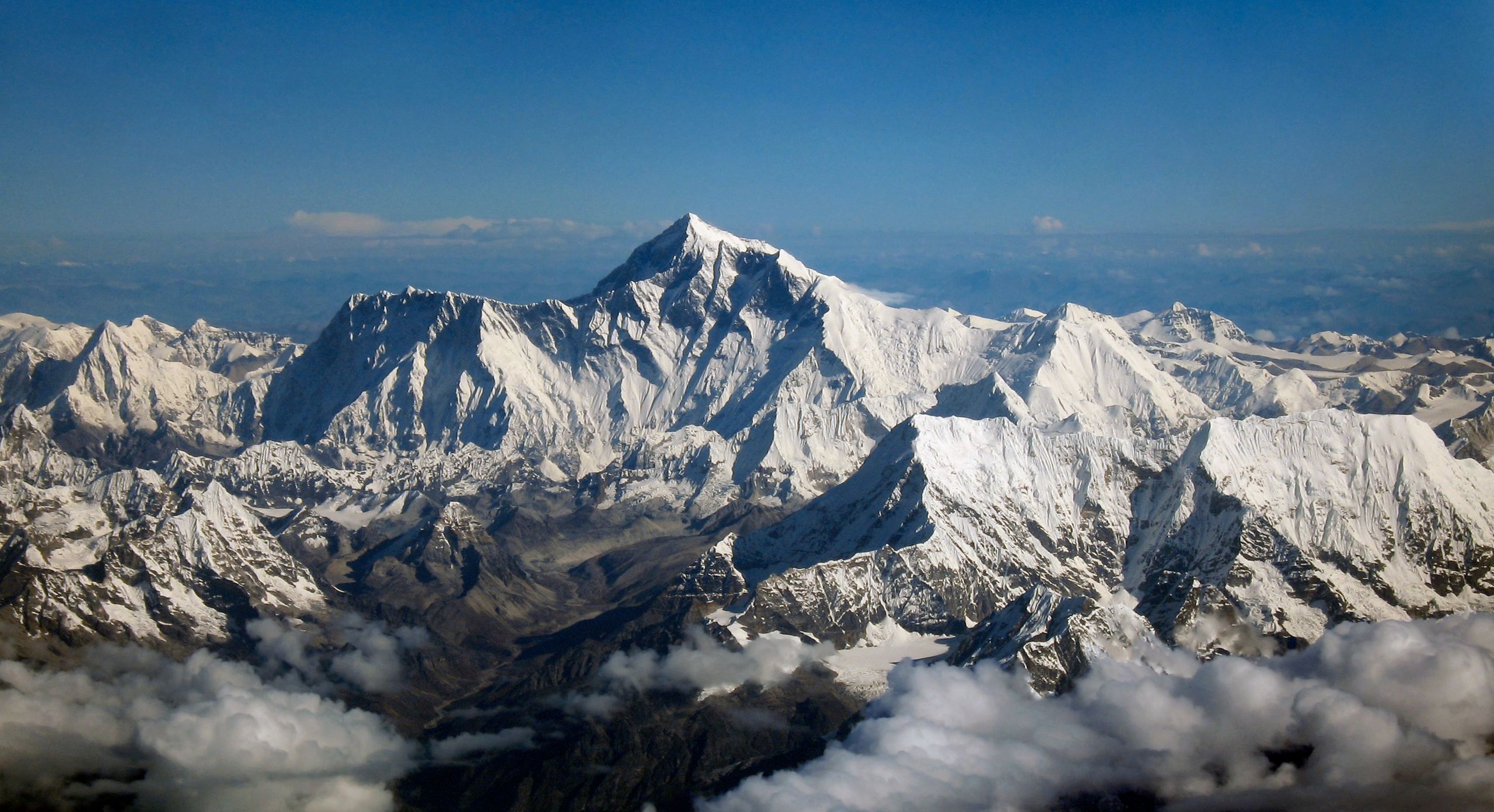
A while back my son, Nick, and I were stopped in traffic near the site of some ongoing construction. Next to us, and just off the road, was a large mound of dirt—Somebody had dug an awfully big hole and they had to put the soil somewhere.
“That’s a big pile of dirt,” my son observed.
“It is,” I agreed.
Nick is familiar with HO-scale—a miniaturization scale commonly used in model railroads and other types of plastic model kits. Depending on who you ask, HO-scale is somewhere between 1:87 and 1:64, but basically the scale sets 1 inch on the model equals to 6 feet in real life—1:72. If you modeled an average sized man at this HO-scale, he would be roughly one inch tall. So, 1:72 will be the ratio we will use for HO-scale for the purposes of this article.

While we sat there waiting for traffic to start moving again, it occurred to me to ask Nick if he thought that mound of dirt was big enough to be a HO-scale Mount Everest—the highest mountain in the world. He said he wasn’t sure, and he asked me what I thought. I said I wasn’t sure either, but if he wanted to, we could do some Googling and calculating when we got home to find out.
“Oh boy! I can’t wait!” Nick exclaimed. We are losers.


Mount Everest is the highest mountain in the world at 29,029 feet. In 1958 a British expedition lead by Sir Ian Murphy Agoof reached the top after a grueling climb. Ian placed a small rock on the summit, temporarily raising the height of Everest to 29,029 feet and 13/16th of an inch. A few years later, a small tremor toppled the stone, once again reducing the height of Everest back down to only 29,029 feet.
Ironically, when the stone fell from the summit it struck Sir I.M. Agoof on the noggin as he was base camped preparing for his next ascent of the mountain. The impact left Sir I.M. Agoof with a concussion, and forced him to cancel the expedition. It is rumored that he had intended to place an EVEN larger stone on the summit on this attempt, if it had been successful.
No matter how you slice it, though, Everest is a TALL mountain. Huge at either 29,029 feet or 29,029 feet and 13/16th of an inch. But, how tall is it in HO scale? Let’s calculate…
29,029 ÷ 72 = 403 feet
That means that Everest would be right around 403 actual feet tall if it were reduced to HO-scale. That’s quite a haul for a one inch tall adventurer.

So now back to the big pile of dirt… If you use the 6 foot fence as a reference, you will find that this mound of dirt is only about 24 feet tall—well short of the 403 feet needed to be a HO-scale Mount Everest. As impressive as this pile of dirt is, it is 379 feet too short to work as Everest with the Chatanooga Choo Choo train set we were planning to setup in the family room over Christmas.
But, all is not lost. It turns out there IS a natural feature in Texas that is tall enough to stand in as an approximate Mount Everest for our HO-scale train set. Enchanted Rock near Fredericksberg, Texas, which rises 425 feet above the surrounding terrain, is just a little bit taller than a perfect match for Mount Everest. If you were 1 inch tall, Enchanted Rock could be your Everest.

Obviously, the logistical challenges of placing Enchanted Rock in our family room will be too great to ever allow the modeling of Mount Everest as part of our HO-scale railroad setup.
It may be time to consider a move to N-scale.


